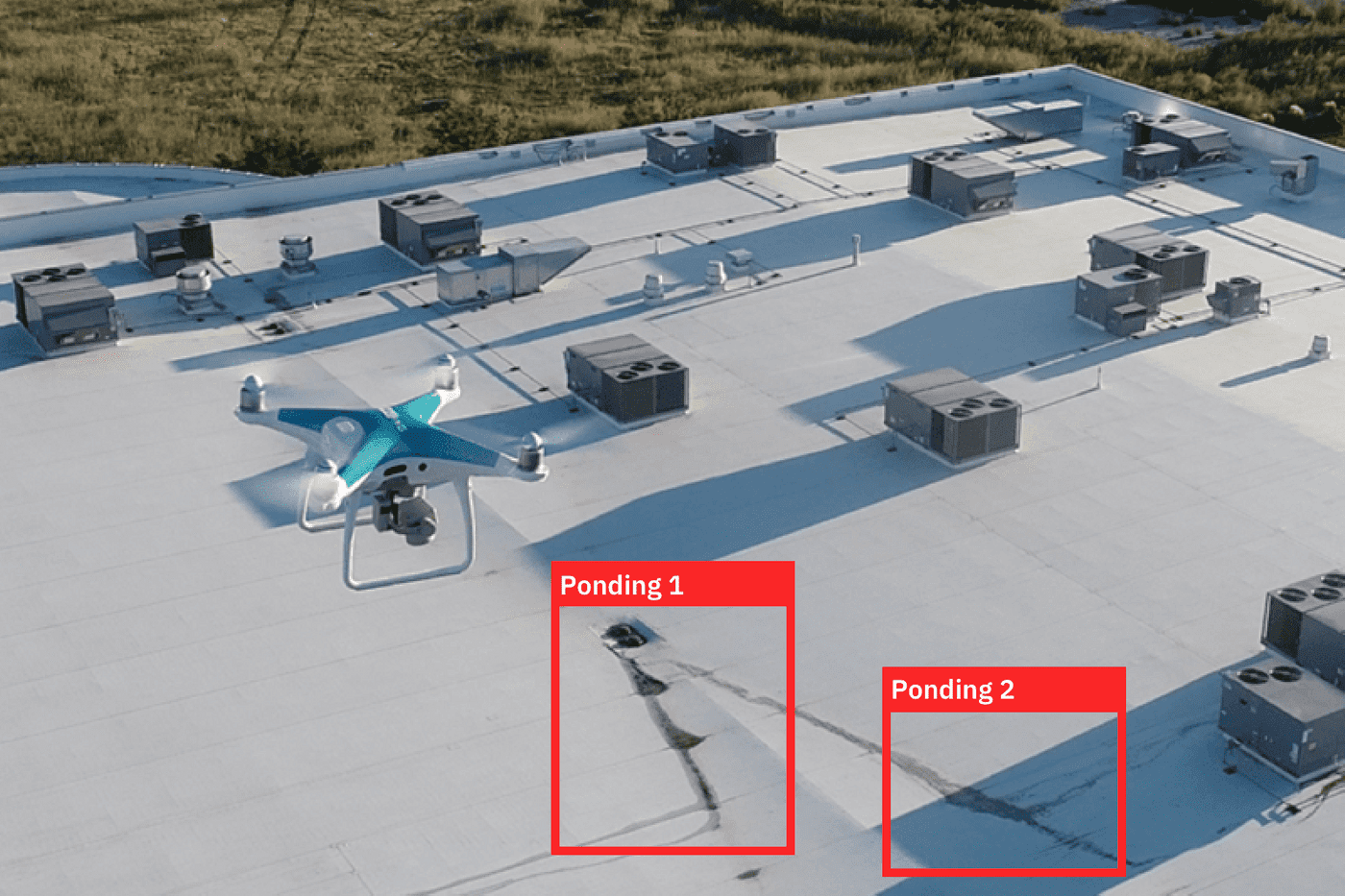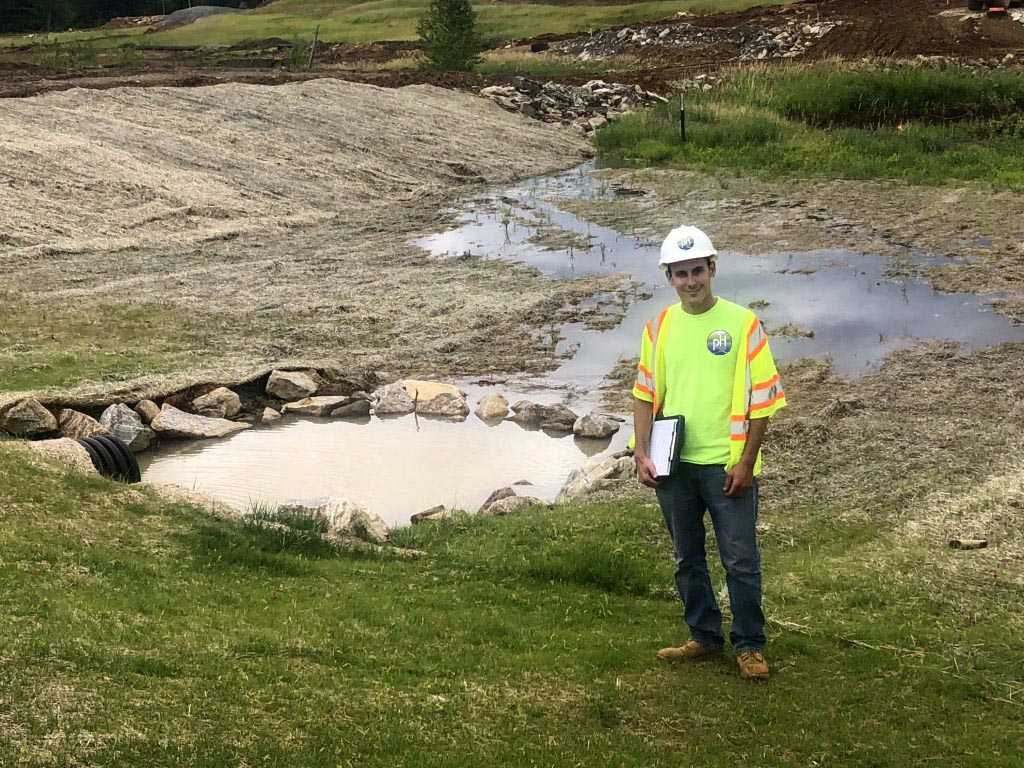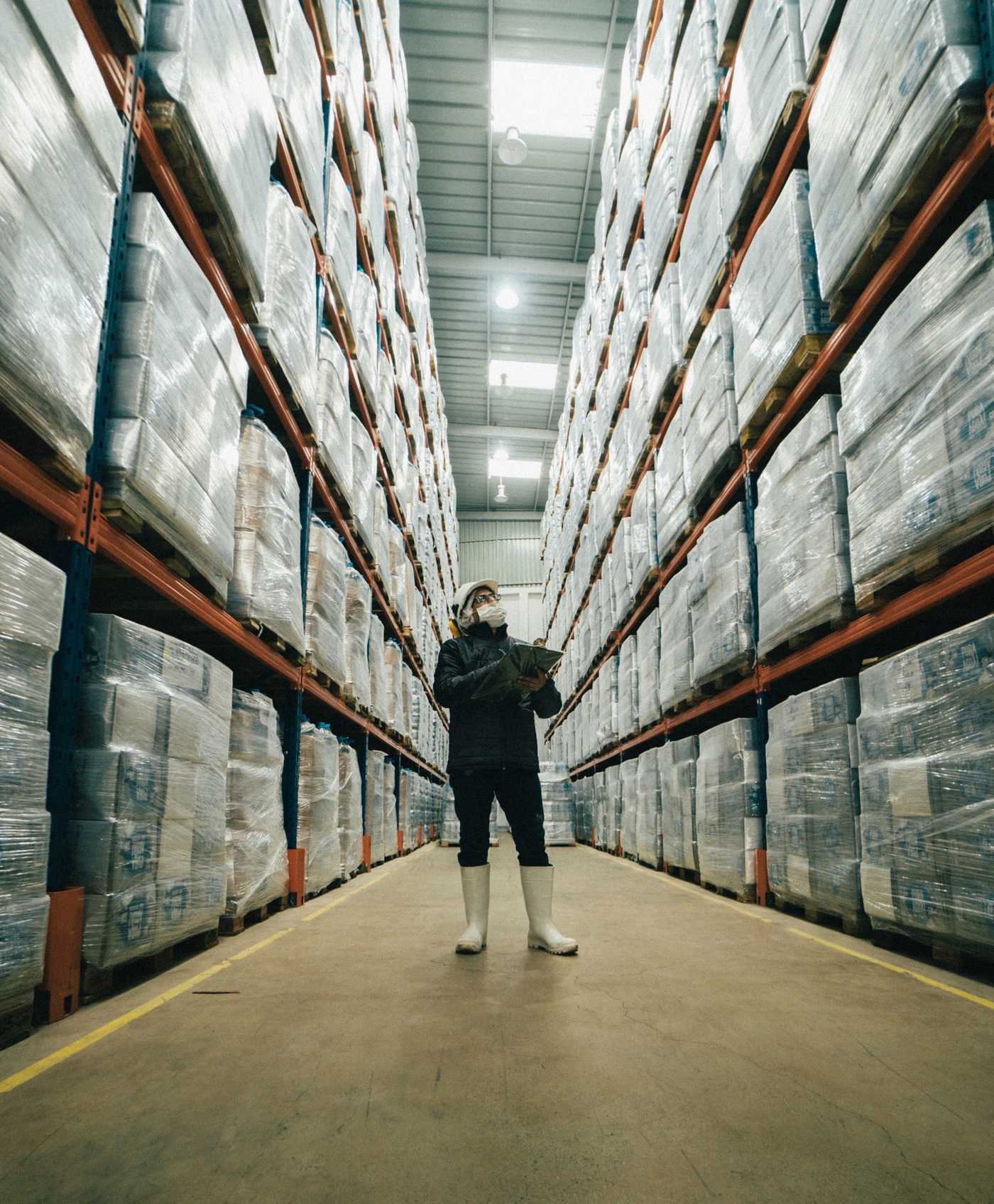AI Will Transform Your Visual Inspection Workflows
07.08.2020

AI is speeding up visual inspection workflows and making them more consistent.
In this article, we’ll explore how Artificial Intelligence is dramatically increasing the speed of visual inspections and maintenance rounds.
- First, we’ll describe the types of AI technologies useful for inspections.
- Second, we’ll explain how these technologies speed up inspection workflows.
- Third, we’ll list the benefits of AI-powered inspections. And finally, we’ll list concrete, real-world examples where inspections are being transformed by AI.
AI Technologies for Visual Inspections
Artificial Intelligence encompasses a wide range of advanced technologies that let computers perform tasks previously reserved only for humans.
- Image recognition — Identifying patterns and data in images.
- Prediction algorithms — Making numerical predictions about future events.
- Anomaly detection — Identifying outlier data in images, video, or numerical data.
- Natural language processing — Identifying patterns in bodies of text.
For the duration of this article, we’ll focus on image recognition and image anomaly detection, as they are the most useful for decreasing the time required to complete visual inspection workflows.
How AI helps
Image recognition allows a computer program to detect objects inside of photos, which can then tie into an inspection. Imagine that you’re a commercial roof inspector making use of a quadcopter drone. Traditionally, an inspector would have to manually tap through each image captured in the drone, making notes when they found issues.

AI decreases the amount of time to inspect a commercial roof for ponding or cracks. Image source, DJI.
Now, AI-powered image recognition can automatically detect issues like ponding and cracks. Instead of paging through 1,000 images, the inspector only needs to look at the photos that include issues. Within each of the photos with issues, ponding and cracks are highlighted with bounding boxes.
Between the drone and the AI, the inspector is able to perform inspections faster & safer.
Example: Completing a commercial drone roof inspection
- 1,000 photos, 10 showing roofing issues
- 5 seconds per image with roofing issues
- 90 seconds per image with roofing issues
- Drone inspection -> 98 minutes
- AI + Drone inspection -> 15 minutes
Benefits of AI-powered Inspections
a) Cost reduction
- Short inspections, repeated frequently
- Lengthy inspections, repeated infrequently
b) Let your employees focus on handling fail cases
c) Let your employees codify processes for increasing quality
- Hone an existing process
- Establish a new process
- Speed up training for future employees
Real-World Examples of AI-powered Inspections
Industrial Inspection rounds, Oil & Gas Industry
Scenario
In the Oil & Gas Industry, workers perform routine inspections on oil pumps, turbines, and other important equipment. These days, workers use mobile inspection software to record the operating status of this equipment.
In the case of an oil pump, a worker will perform a pressure check. This process involves recording the status of the oil pump — running, standby, or under maintenance. Then, the worker records the current pressure of the oil pump in PSI. Finally, the worker submits a photo of the oil pump, confirming that it has no visible defects.
For this scenario, AI-powered image recognition can automate the last step of this process — analyzing photos of the oil pump and detecting if there are any visible defects. Potential defects could include corrosion, leaking, or discoloration. Image recognition can detect this issue in real-time, letting the worker didn’t catch the issue with their own eyes.
AI Benefits
- Give the worker real-time feedback if a photograph indicates a maintenance issue.
- Enforce a consistent standard for maintenance issues on the inspection round.
Questions to ask yourself
- Do you have an inspection round task that is visual and repetitive?
- Do you currently collect photos as part of the physical inspection round process?
- Can a trained individual detect issues just by looking at one of these inspection round photos?
If you answered “yes” to one or more of these questions, AI-powered image recognition could be a fit for your inspection round workflow.
Field Inspections, Stormwater Pollution Prevention

AI can speed up field inspections by eliminating the need for inspectors to refer to field manuals and reference guides. Image source, Princeton Hydro.
Scenario
Inspectors visit stormwater ponds on a regular basis to ensure that they are preventing local flooding, maintaining downstream water quality, and maintaining local property values by keeping an appealing aesthetic. The first step in a stormwater pond inspection is looking at the pond's surrounding vegetation, especially on the shore of the pond. Inspectors are looking strong-rooted grass to prevent erosion and checking to see if invasive plant species are taking hold. Knowing which vegetation is invasive requires training and careful visual inspection.
AI-powered image recognition can help by classifying the species of vegetation present in a photograph. When embedded into a mobile app, the inspector can snap a photo of the vegetation in question, then have the AI analyze it. The AI's analysis gives the inspector real-time feedback on the type of vegetation they're looking at and helps them know what corrective actions take place.
AI Benefits
- Give the worker real-time feedback if a photograph indicates a maintenance issue.
- Allow consistent detection of maintenance issues between inspectors.
- Spend less time training new employees or paging through field manuals.
Questions to ask yourself
- Do you have a field inspection task that is visual and requires specialized knowledge to complete?
- Do you find yourself paging through field manuals and reference guides while completing your visual field inspection?
If you answered “yes” to one or more of these questions, AI-powered image recognition could be a preliminary fit for your field inspection.
Drone Inspections, Wind Turbine
Scenario
Let's look at another drone inspection scenario, but this time, we'll focus on a more intense inspection -- wind turbines. Wind turbines are generally over 300-ft (90-meters) tall, so performing annual inspections is quite dangerous and time consuming. Like roof inspections, drones dramatically speed up the inspection process and make it more safe for inspectors. A wind turbine drone survey, however, can return tens of thousands of images. After the survey, someone needs to sit down at a computer and work through these photos. Often times, this analysis takes a skilled engineer who knows what types of defects to look for on a wind turbine.

Large scale drone surveys can product tens of thousands of images. AI cuts the number of images to visually inspect by half.
AI-powered image recognition can speed up this analysis process by highlighting cracks, corrosion, and lightning strike damage on wind turbine blades, the rotor, and the tower. Instead of analyzing tens of thousands of photos, inspectors only need to review 50% of the original imagery. This lets highly trained inspectors spend more time thinking about how to quantify the severity of damage, instead of finding damage in the first place.
AI Benefits
- Reduce inspection time by automatically highlighting photos with wind turbine damage.
- Free up inspectors to focus on higher value tasks.
- Spend less time training inspectors on how to find issues, and more time on how to assess issues.
Questions to ask yourself
- Do you analyze drone survey data on a regular basis?
- Do your team members manually tap through thousands of photos during visual inspections?
- Do you have specific issues that you’re looking for inside of your drone imagery?
If you answered “yes” to one or more of these questions, AI-powered image recognition could be a fit for your drone inspections.
Conclusion

AI is transforming inspection workflows of all kinds. Is your team ready to capitalize on this opportunity?
AI-powered image classification, object detection, and anomaly detection can dramatically speed up inspection workflows. Whether you're performing an industrial inspection round, a field inspection, or a drone inspection, AI can be of help. Each visual inspection scenario is unique, but generally, AI can supercharge your workers if they perform repetitive visual inspection tasks.
If you have a workflow where you suspect AI could be useful, please drop your email in the form below. We help teams take AI workflows from brainstorm to production.
Schedule a chat
Drop your email below to get started. We'll respond shortly with an email to schedule a free consultation.